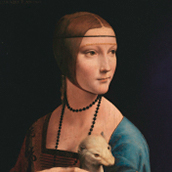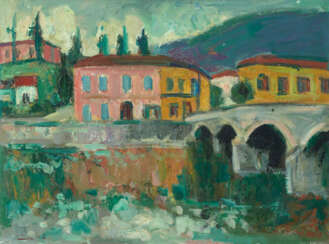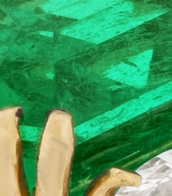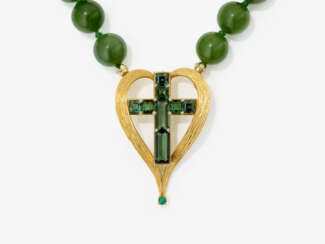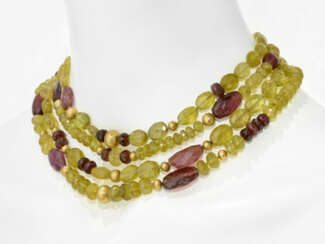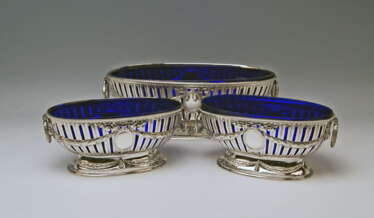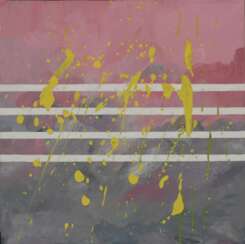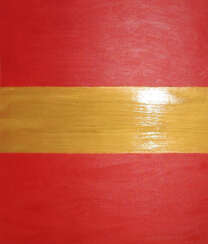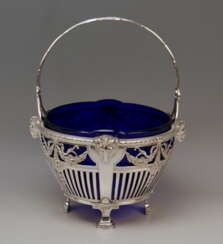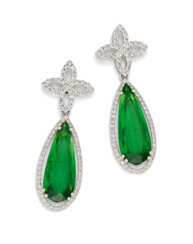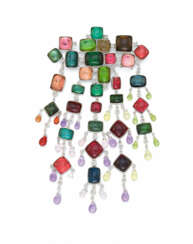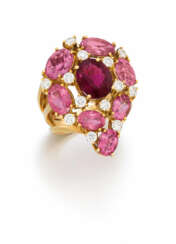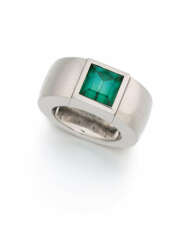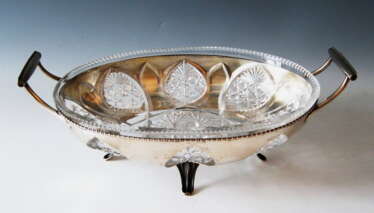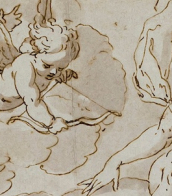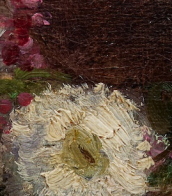4270 Items by auctions and galleries:
line
Lot 4078 Carl Walter Liner
Carl Walter Liner (1914 - 1997) 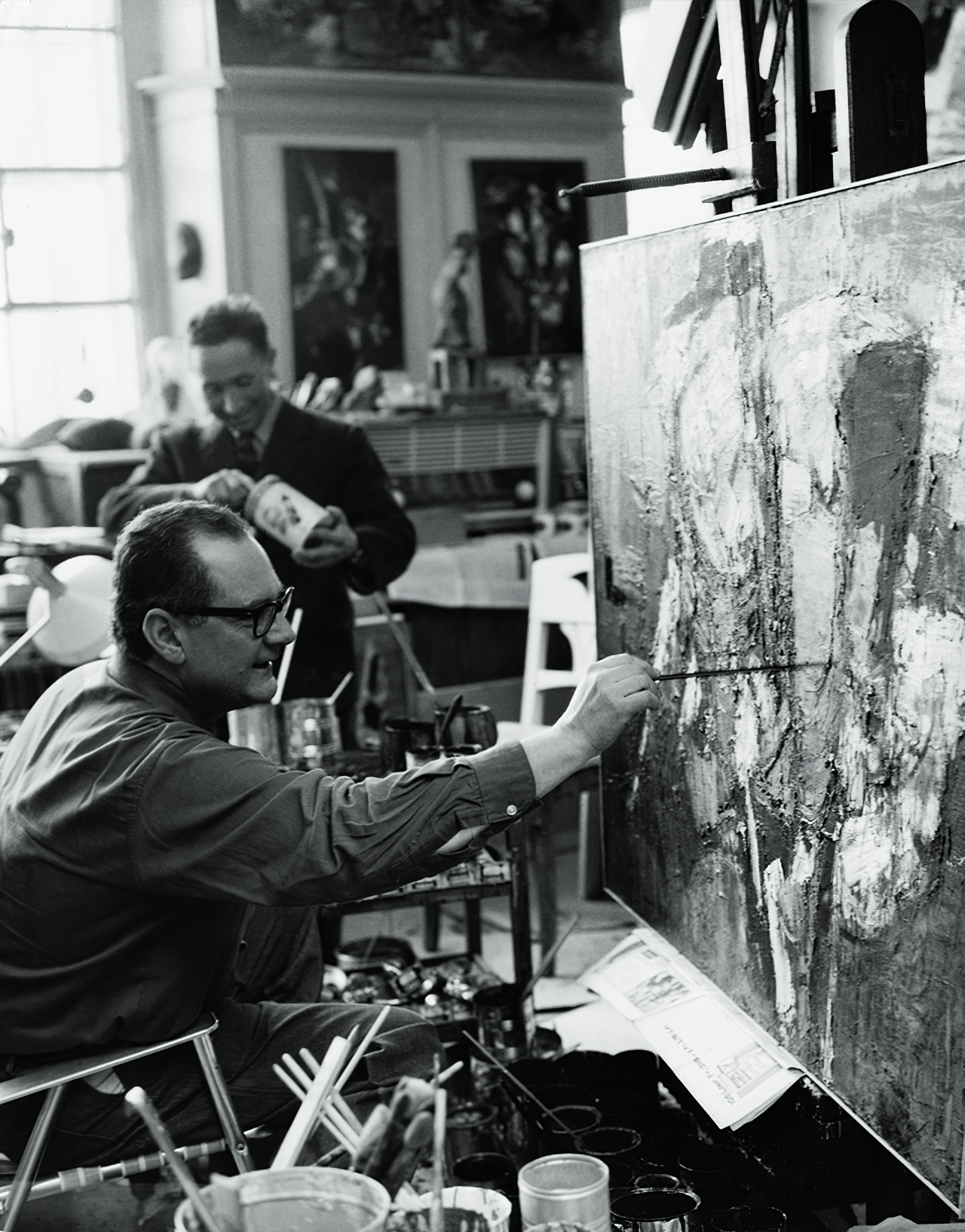 A178: September 2025 Auktion — Fine Art & Luxury Live Evening Sale
A178: September 2025 Auktion — Fine Art & Luxury Live Evening Sale 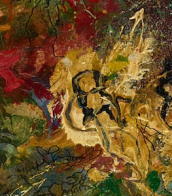

Carl Walter Liner
17.08.1914 - 19.04.1997
Switzerland
Carl Walter Liner was a Swiss painter.

Schuler Auktionen
A178: September 2025 Auktion — Fine Art & Luxury Live Evening Sale
Date: 17.09.2025 18:00 UTC +01:00
Number of lots in the catalog: 179
Scandinavian line/Скандинавские линии
Sofia Pirogova (b. 1991)  Shop Pirogova Sofia
Shop Pirogova Sofia

Sofia Pirogova
09.01.1991
Russia
Искусство - это моя связь с миром. Это мое общение со зрителем.
Я чувствую, что что-то невидимое ведет меня за руку и рождает искусство.
Я благодарна эпохе общения за то, что поделилась своей работой с людьми по всему миру.
Ваша онлайн-платформа даст мне возможность найти хороших владельцев для моих работ.
Ведь я хочу, чтобы они приносили эмоции и радость ценителям необычных идей.

Artist shop
Pirogova Sofia
Russia
Number of products: 9
Тройная полоса везения / Tripple line of luck
Marina Rusalka (b. 1972) 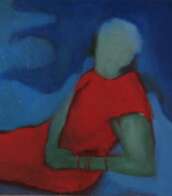 Shop Rusalka Marina
Shop Rusalka Marina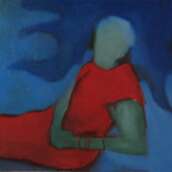

Marina Rusalka
01.12.1972
Ukraine
I live in the longest city in Europe, Krivoy Rog, Ukraine.
I work in several styles. My abstract paintings were written under the influence of Mark Rothko, Gerhard Richter.
The general style gravitates towards simplicity and minimalism.
There are favorite colors: gray, red, black, blue, green.
For people of the Soviet post-space, there is a mini series about hedgehogs in the fog, something native from the past.
There is also love of pop art, also a small series so far, but there is an over distinctive feature of the series, in addition to black and white, I use real sparkles that glisten effectively under bright light. This is pop culture after all! Must be catchy!

Artist shop
Rusalka Marina
Ukraine
Number of products: 32
Lot 5019 A Prussian Line Uhlan Officer czapka, Service
A106us: A US Lifetime Headgear Collection and other Imperial and WW II Collectibles 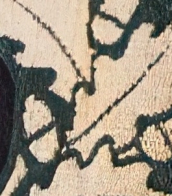

Hermann Historica
A106us: A US Lifetime Headgear Collection and other Imperial and WW II Collectibles
Date: 08.11.2025 14:00 UTC +01:00
Number of lots in the catalog: 511
Black lines| Чёрные линии
Anna Nechaeva (b. 1991) 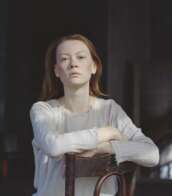 Shop Nechaeva Anna
Shop Nechaeva Anna

Anna Nechaeva
11.03.1991
Russia
Меня зовут Анна Нечаева, творческий псевдоним АннаНе, родилась и живу Москве.
В 2008 году окончила школу с углубленным изучением предметов искусств, в 2013 году выпустилась из Московского Государственного Университета имени М.В. Ломоносова, где получила специальность "психолог, преподаватель психологии".
С 2015 года я работаю психологом и психотерапевтом. Моя работа очень тесно связана с погружением внутрь себя, а также жизнь и души других людей, что является бесконечным источником вдохновения. Также у меня есть Мастерская домашнего декора, где мы с мужем создаем предметы интерьера вручную из бетона и текстиля.
В конце 2019 года, проживая большой жизненный кризис, вылившийся в тревожно-депрессивный эпизод, я поняла, что мне необходимо и очень хочется выражать себя как художник.
Я выбрала ткань своим основным материалом, потому что я всегда была влюблена в ткани и их текстуры.

Artist shop
Nechaeva Anna
Russia
Number of products: 4


